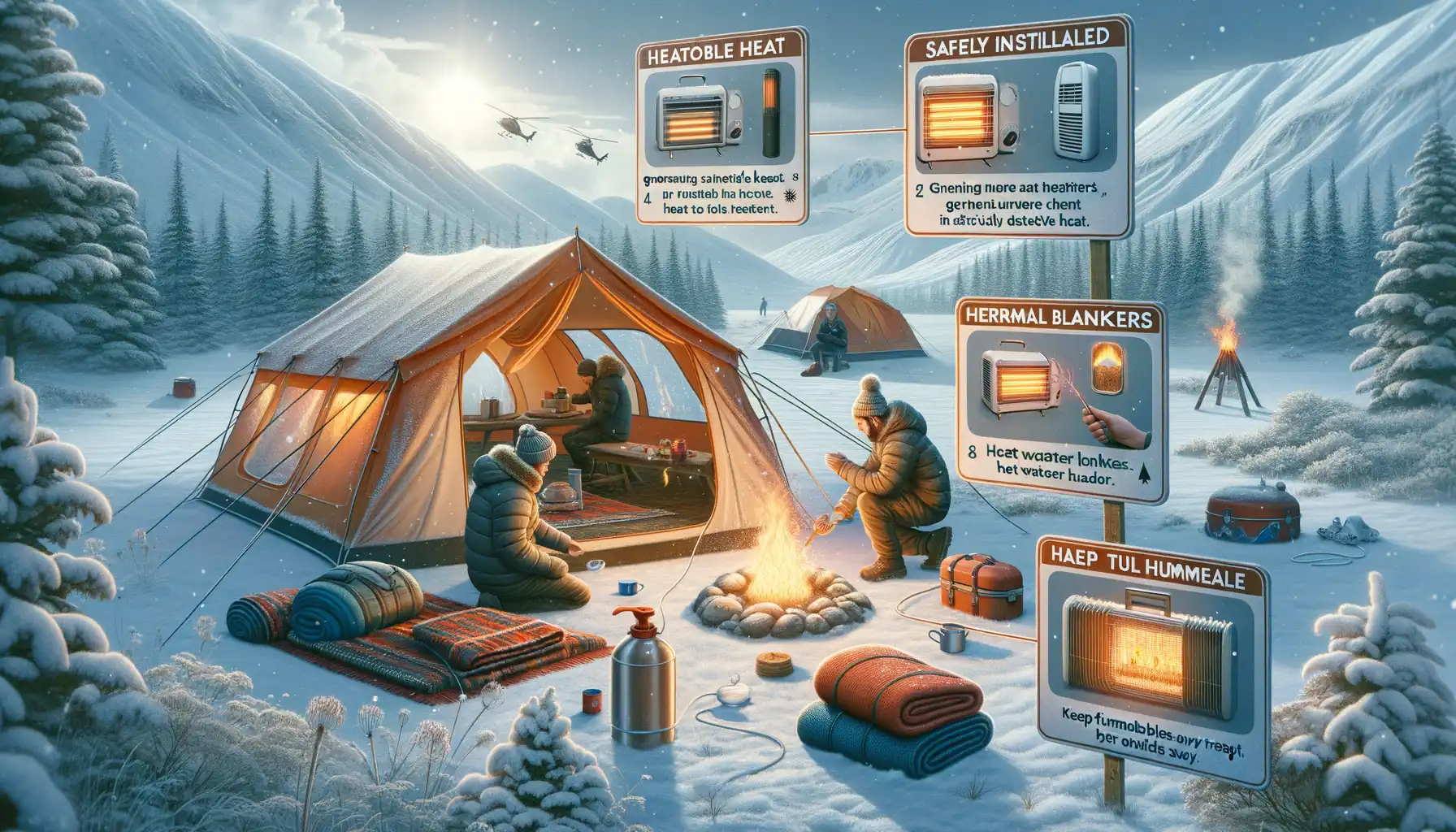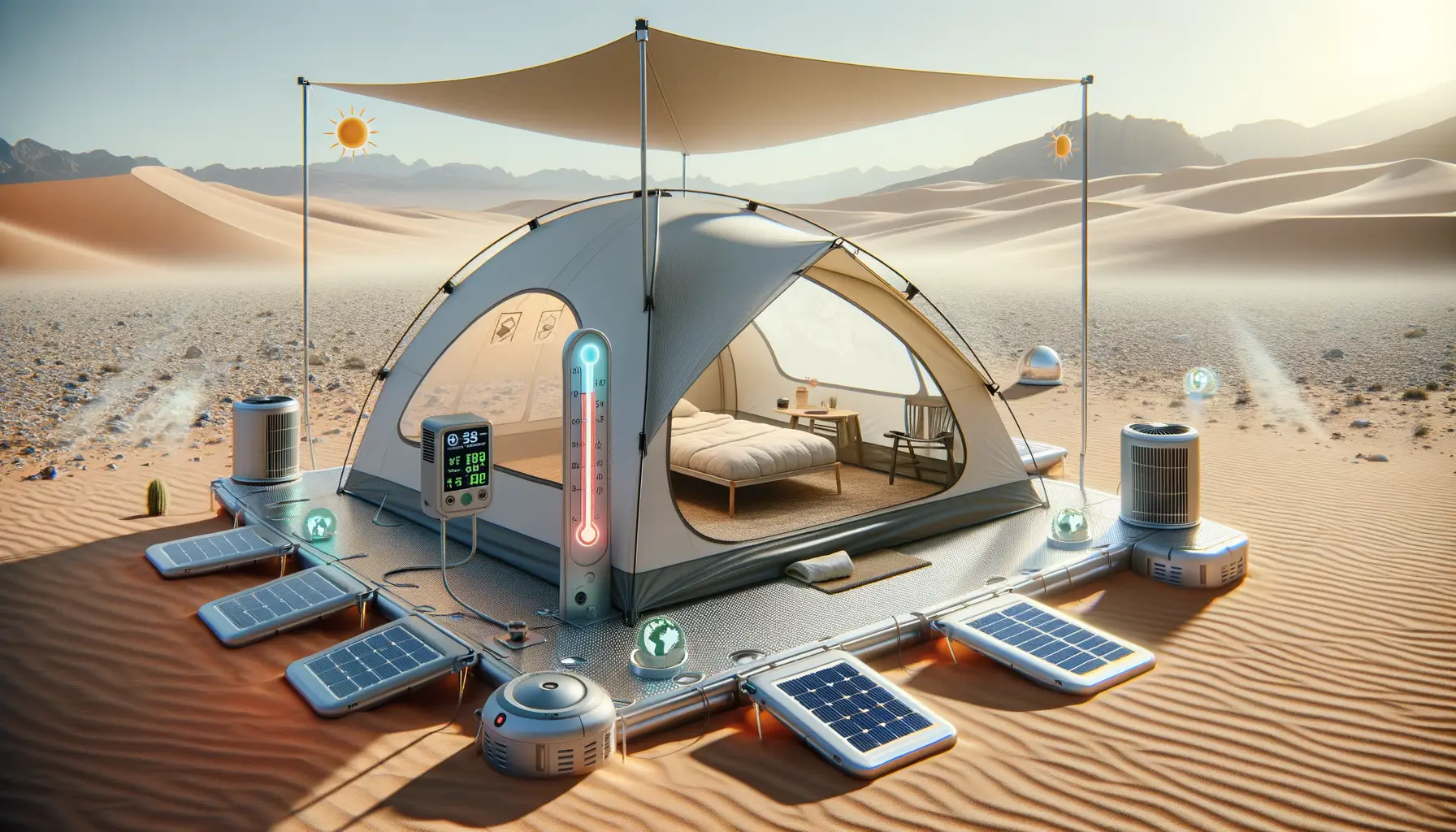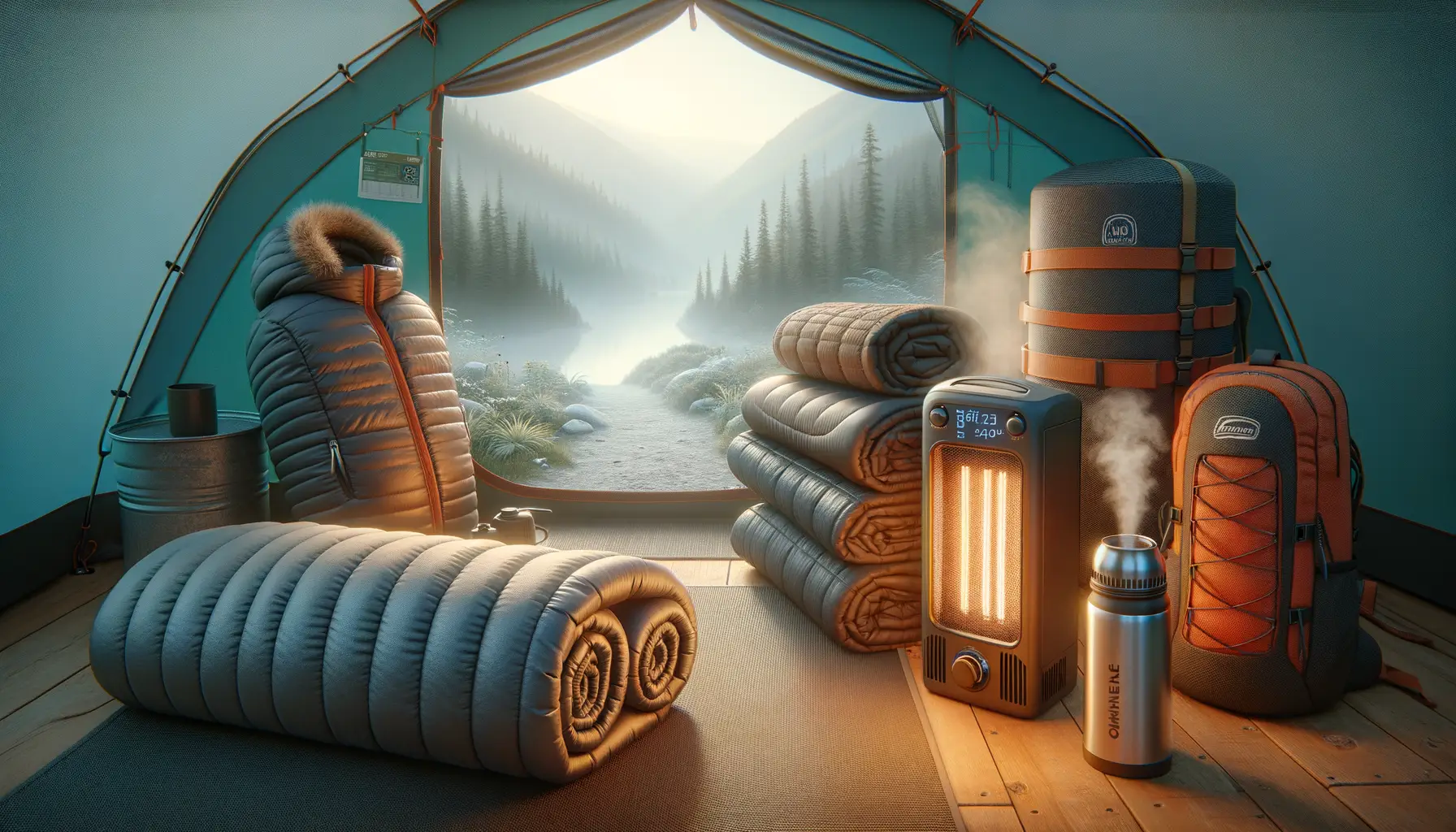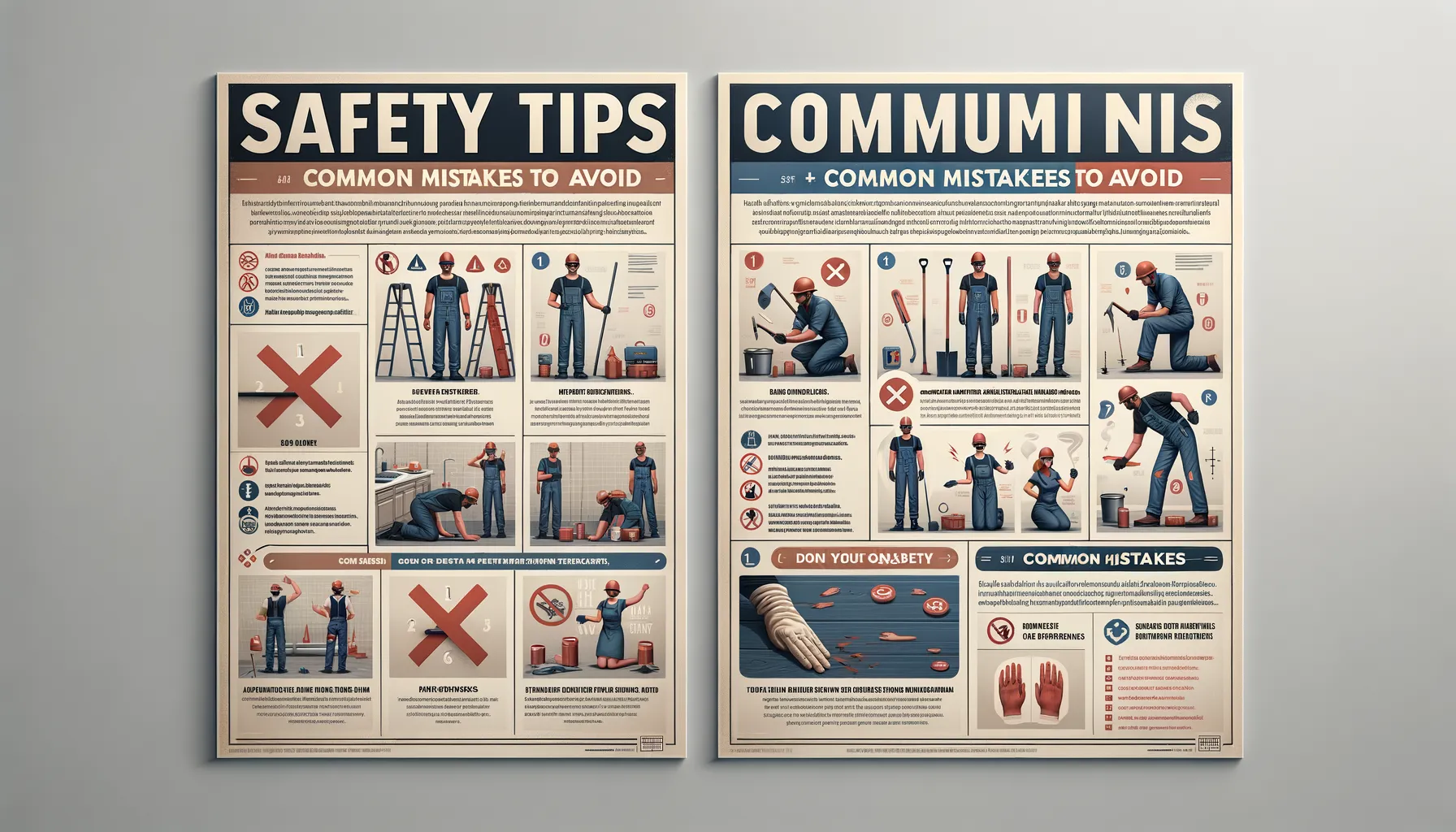Understanding the Challenges of Extreme Weather Camping
When Nature Turns Up the Heat—or Drops It
Extreme weather camping isn’t your average walk in the park. It’s a test of grit, preparation, and, let’s be honest, patience. Picture this: the wind howling like a pack of wolves, or the sun pounding on your tent until it feels more like an oven than a shelter. These aren’t just inconveniences—they’re moments where Mother Nature dares you to adapt.
In freezing conditions, the challenges are stark (pun intended). That delightful frostbite sensation creeping into your toes? It’s not cute. Water bottles freeze solid, zippers refuse to budge, and your sleeping bag suddenly feels less “snug” and more like a thin napkin against the cold.
But camping in blistering heat? That’s another beast altogether. Sweat drips from every pore, your tent feels airless, and even the tiniest breeze has the audacity to disappear. Here’s what you could face:
- Overheating gear: Electronics go haywire, and food spoils quicker than you can say “trail mix.”
- No sleep: Forget restful nights—sticky heat transforms your tent into a sleepless sauna.
Surviving these extremes means understanding every challenge before it surprises you. And believe me, they will try.
Effective Ways to Heat a Tent in Cold Conditions

Keep the Frost at Bay with Smart Heating Solutions
When the chill sets in and frost bites at your toes, staying warm inside your tent can feel like an uphill battle. But don’t despair—there are clever ways to turn your cold tent into a cozy retreat. Let’s face it: no one wants to wake up to the icy shock of frozen boots or shivering fingers!
One of the simplest solutions? Grab a portable propane heater. These little workhorses pack a punch, offering instant warmth when the temperatures drop. Just make sure to pick one with a built-in safety shut-off, so you can sleep peacefully without worry.
And then there’s the magic of layering. It’s not just for your clothes! Bring along an insulating groundsheet or foam mat to trap heat beneath you. Combine this with a reflective emergency blanket taped to the ceiling—it bounces your body heat right back at you like a warm, glowing hug.
- Hot water bottles: Fill these up before bed and tuck them near your feet (trust me, this trick works wonders).
- Candle lanterns: They’re small but mighty—providing light and a surprising amount of heat.
Remember, preparation is your ultimate ally. With the right mix of tools and tactics, even winter camping can become an adventure filled with comfort!
Best Practices for Cooling a Tent in Hot Climates

Creating Shade and Ventilation: The Dynamic Duo
When the sun’s rays are relentless, your tent can feel like a sauna you didn’t sign up for. The secret? It’s all about combining shade and ventilation. Start by pitching your tent under a tree canopy if possible—that natural cover is like sunscreen for your shelter. No trees? No problem. Bring a reflective tarp or sunshade that can be rigged above your tent. Make sure it’s high enough to allow air circulation underneath.
Once you’ve conquered shade, turn your attention to airflow. Open all windows, vents, and doors in your tent—this creates a cross-breeze that feels like nature’s AC. A portable camping fan can be a lifesaver, particularly one with a rechargeable battery. Pro tip: Place a bowl of ice or a wet towel in front of the fan to amplify its cooling effect. It’s science, but mostly, it’s pure bliss.
The Golden Hour Setup
Timing matters more than you think! When setting up your tent, consider how the sun moves. Mornings can be fiery if you’re camped east-facing, so aim to position your tent where it catches minimal direct sunlight during peak hours.
And here’s the real deal: choosing the right ground cover. Use a thick, light-colored footprint to reflect heat from below. On scorchingly hot nights, consider these cooling heroes:
- A compact misting device for that refreshing spritz.
- Cooling gel pads for added comfort inside your sleeping bag.
It’s all about layering smart solutions—because who says camping in hot climates has to be sweltering misery?
Essential Gear for Temperature Regulation in Tents

Gear That Keeps You Cozy or Cool
When the elements are unpredictable, your gear is your lifeline. Whether it’s a winter wonderland or a sweltering summer campsite, you’ll need the right tools to keep your tent feeling like home. Let’s talk essentials that make battling extreme temperatures less daunting and more adventurous.
Portable heaters, for example, are a game-changer in freezing conditions—compact enough to carry but powerful enough to warm up a tent in minutes. Look for propane or electric models with safety features like auto shut-off. On the flip side, when the sun’s relentless, a trusty tent fan paired with an insulated tarp can turn your personal sauna into a breezy haven.
Don’t Forget the Small Lifesavers
It’s not just big-ticket items that make or break your trip. The unsung heroes are often the small, smart additions you pack:
- Thermal blankets – A lightweight layer can work wonders against biting cold at night.
- Reflective tarps – These deflect heat in summer and trap warmth in winter, depending on which side you use.
- Moisture-wicking liners – Keep humidity at bay and ensure better temperature control inside your tent.
Never underestimate how effective these simple additions can be. Mix and match your gear based on your destination, and you’re ready for anything Mother Nature throws your way!
Safety Tips and Common Mistakes to Avoid

Be Mindful of Temperature-Induced Hazards
Camping in extreme weather isn’t just about comfort—your safety is on the line. When heating your tent, never underestimate the risks of carbon monoxide poisoning. Portable heaters or makeshift stoves can feel like a godsend but remember: if it burns fuel, it also burns oxygen. Always use a heater labeled as safe for indoor use, and absolutely ensure proper ventilation, even if it means cracking a window.
On the flip side, cooling off in scorching heat comes with its own dangers. Over-reliance on battery-powered fans without addressing hydration is a common mistake. Heatstroke doesn’t announce itself—it sneaks up on you. Keep cool water handy at all times, and don’t forget to cover the tops of tents with reflective tarps to block the sun’s never-ending glare.
Common Missteps That Can Cost Comfort—or Worse
Some mistakes are rookie errors; others wave red flags. Avoid these pitfalls:
- Sealing your tent tight: It might seem logical in the cold, but without airflow, moisture builds up fast, leaving you wet—and freezing.
- Placing heaters near flammables: The cozy glow isn’t worth a fire hazard. Keep that heater away from sleeping bags and gear!
- Skipping ground insulation: Forget this, and frigid ground temps will seep into your bones while you sleep.
In hot weather, neglecting shade or pitching under the beating sun is another surefire way to sabotage your setup. Act like nature’s strategist—use trees, tarps, or the wind to your advantage.





